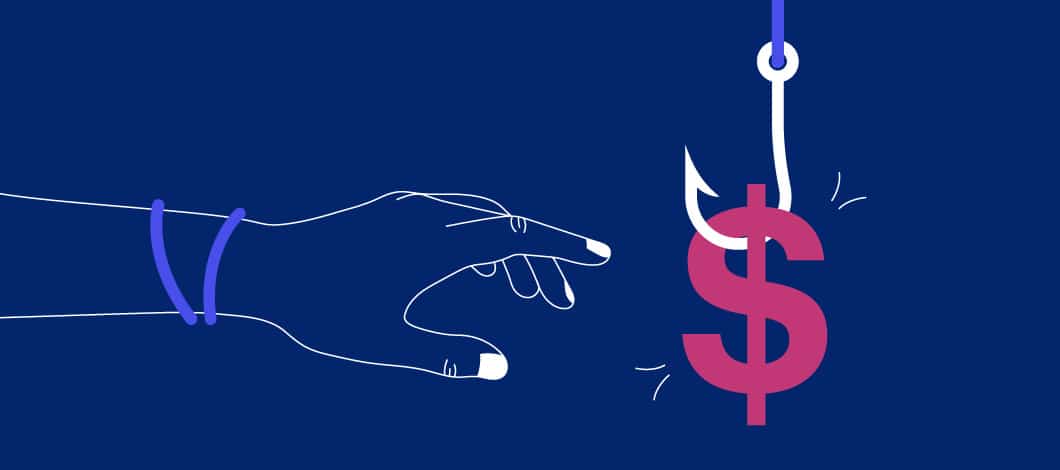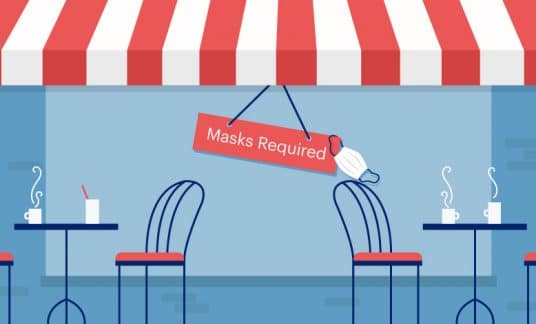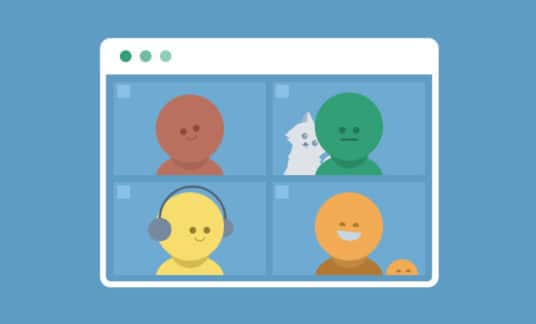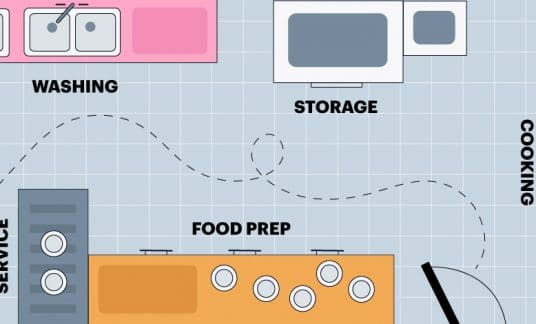Word-of-mouth marketing fills your sales pipeline with warm leads. There’s no doubt that reviews and recommendations from friends affect purchasing decisions.
By encouraging product or brand suggestions, you can increase your revenue. Learn how to make money by getting a referral program. Then start your own referral marketing program in 7 easy-to-follow steps.
What Is a Referral Marketing Program?
A referral marketing program urges clients to suggest your services to friends, using rewards as incentives.
For example, meal delivery services offer current subscribers bonuses for friends’ email addresses. Others provide giveaway contest entries for each friend tagged on social media.
Your referral strategy defines how you turn customers into loyal and engaged fans. It creates a circle of recommendations where new clients continually send leads your way.
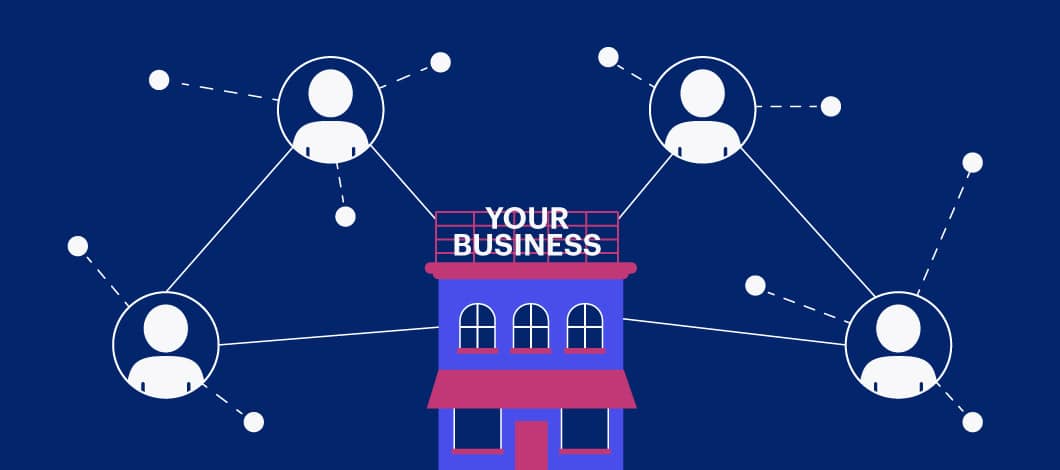
Why Small Businesses Use Referral Marketing
Small companies use referral marketing ideas to attract, keep and build their customer base. Your clients introduce friends to your brand, giving you warm leads.
Moreover, engaged customers do more than refer friends. They share your social media posts and act as a champion for your latest offerings.
You can set up a referral marketing program with minimal expenses, making it a good choice for business owners wanting low-cost marketing solutions.
Benefits of a Digital Referral Program
The advantages of referral marketing extend to every corner of your business. It affects your sales, reputation and customer loyalty.
Professionals surveyed for the 2017 B2B Demand Generation Benchmark reported lead quality and volume higher when coming from referral or advocate marketing. With 68% of marketers calling referred leads “good or excellent quality” and 63% saying the quantity is somewhat or very high.
Start a referral program for benefits such as:
- Increase customer engagement. Open the door to client conservations and feedback. Doing so improves relationships and customer retention rates.
- Lower marketing expenses. Once your referral program takes off, you’ll get plenty of incoming leads reducing expenses while increasing profits.
- Generate high-quality leads. Your customers don’t want to annoy friends or family with products or services that aren’t a great fit, which gives you more qualified leads.
- Learn about your target audience. Collect data about how your referred clients respond and engage with your brand to deliver personalized customer experiences.
- Boost marketing reach. Word-of-mouth marketing captures attention in professional or personal settings giving you more chances to reach new customers in unconventional spaces.
- Share your brand story. When friends and family tell a brand’s origin story or history, it’s often more authentic than a company telling its version.
- Improve your reputation. Rewarding customers shows others that your company cares about people even after a completed sale.
How to Start Referral Programs for Small Businesses
There are no set rules for referral programs: You can design a custom plan for your company. Consider checking out what your competitors do or go right to your source and ask customers what they want.
Less obtrusive ways to explore referral program ideas include asking questions on social media or using polls. As with other marketing tactics, it’s vital to perform regular testing and request feedback.
Your plan and incentives aren’t set in stone. Instead, adjust your strategy to reflect your target market and behavior changes. Small adjustments quickly lead to big improvements in lead quality and quantity.
Follow these 7 steps to develop a program that works for your business and customers.
1. Decide What You Want to Accomplish
An effective program relies on clear goals and means of measurement. First, you need to know how clients currently find your business. Look at your customer relationship management (CRM) system and website analytics to:
- Identify your main digital platform referral sources
- Distinguish differences between visitors and customers
- Examine conversion rates per source
- Review your customer acquisition cost
- Assess your average lifetime customer value (LCV)
Once you know where you stand, decide which numbers you want to increase. Common referral program goals include bolstering customer loyalty, lead quality and LCV.
2. Identify Potential Referral Sources
Start your program off with a bang by finding potential referral sources before taking your plan live. Study your existing email subscriber list and identify people who recently made a second or third purchase. Promote your referral program by reaching out to trusted fans first.
Then, talk to your sales, marketing, and customer service teams. They can help you find possible advocates by:
- Scouring follow-up communications with new clients to assess engagement levels
- Using software such as Sprout Social to highlight social media mentions and comments
- Reading product or brand reviews to find active customers who want to share their story
3. Define Your Award Parameters
There are a number of ways you can create a referral program for your business. For instance, Rakuten rewards customers and leads through the company’s refer-a-friend program. Rakuten changes incentives regularly and requires referrals to use its service within 90-days.
Evernote offers a point-based system for existing clients and gives referrals a free month. Airbnb’s program helps customers earn credits by sharing a referral link.
Possible ways to set up your plan include:
- Single referral program. Reward your existing customer for each referral.
- Double-sided referral. Give your customer and their referral each an incentive.
- Point system. Gamify the experience by giving referral points leading to a big reward.
4. Create Referral Incentives
What type of rewards gives value to your existing customers and their referrals? Answer this question, and you’ll increase your referral and conversion rate.
Take a look at your customer demographics and behavior. Are they value-driven shoppers with multiple repeat purchases? Or is your product or service a yearly subscription? If so, current customers may not want a discount. But you could bump up their service level or use a cashback referral system.
5. Set Up Your Referral Tracking Programs
Getting a referral is more than a recommendation. It creates a list of leads for your sales teams to contact. Keep track of your strongest advocates and note the channels used to send leads your way.
For best results, act swiftly on incoming leads. Employ automation tools for a smooth process. Your CRM or referral tracking program alerts your sales team and supplies data about your warm leads. Timely reminders and lead information help your sales team personalize outreach efforts.
6. Develop Marketing and Outreach Campaigns
Devise a marketing campaign that draws awareness to your referral program on many channels. For instance, show happy brand advocates on social media. Or reach out to your subscribers via email or during sales or customer service calls.
Consider techniques such as:
- Adding a referral program call to action (CTA) to your online and in-store checkout process
- Creating a referral landing page with excellent copy, visual layout and CTA
- Mentioning your program on your invoices and receipts
- Automating regular social media posts touting the benefits of your referral program
- Building email marketing sequences to welcome new customers to your plan
- Placing a link to your referral program in your company’s email signatures
7. Thank Your Loyal Fans
Yes, your rewards are great. But your referral marketing program is a tool to keep and delight your customers. Recognize and acknowledge top referrers with personalized thank you notes on social media or email.
Plus, you can increase brand ambassadors by offering exclusivity. Do this by asking for feedback, offering beta tests of upcoming products and giving surprise incentives.
How to Run a Referral Program
A successful referral program is one piece of a larger marketing puzzle. Bolster your efforts by requesting user-generated content and focusing on satisfying customers.
After all, happy fans do more than refer friends. They share testimonials, write reviews and respond to your requests for a LinkedIn recommendation.
You can learn how to make money with referral programs by exploring how it supports your broad marketing goals. For example, tracking source data and demographics helps you define customer profiles and personalize your outreach efforts.
Referral Marketing Best Practices
Put your plan into action by taking the right steps. Create a referral marketing guide for your team and follow best practices such as:
- Use referral program software. Depending on your plan’s size and scope, you can use a spreadsheet, referral services such as SaaSquatch or your existing CRM system.
- Stay consistent. Your referral program is an extension of your brand. All digital assets and methods should align with your brand guidelines.
- Keep it simple. Make it easy to find information, refer friends and get rewarded. Use a clear call to action, provide frequently-asked-question (FAQ) pages and present simple terms and conditions.
- Use a community approach. People love to be a part of something, including their local community. Consider partnering with a charity and giving a donation for every referral.
- Make social sharing easy. Let new customers share their exciting purchases while earning rewards using social popups.
- Ask how customers found you. Go ahead and add this field to your landing pages, checkout pages or loyalty sign-up forms.
Increase Revenue With Your Referral Marketing Program
Create a referral circle that keeps your pipeline full and builds a strong wall of loyal advocates ready to try your latest products or share your latest posts.
They’ll appreciate your continued incentives and attention to their concerns and desires.



